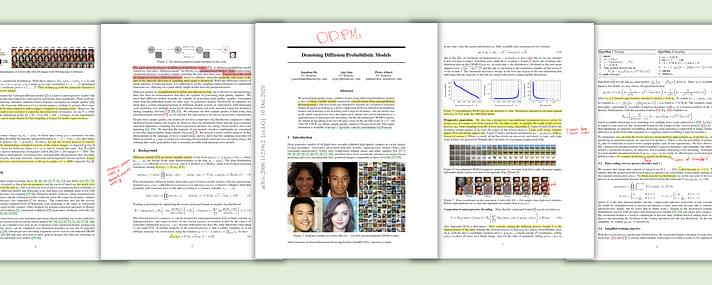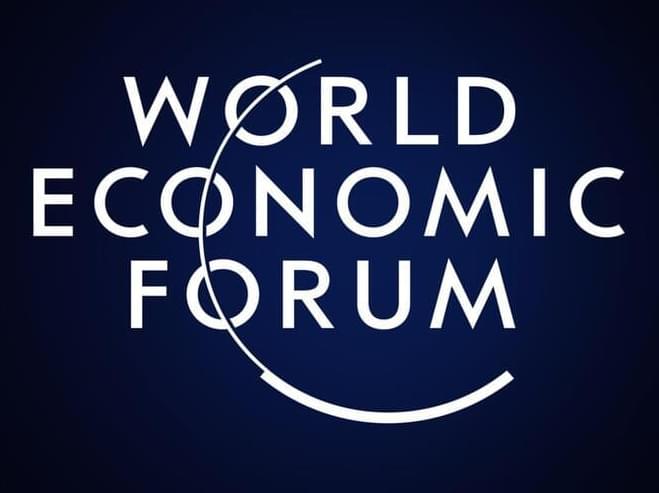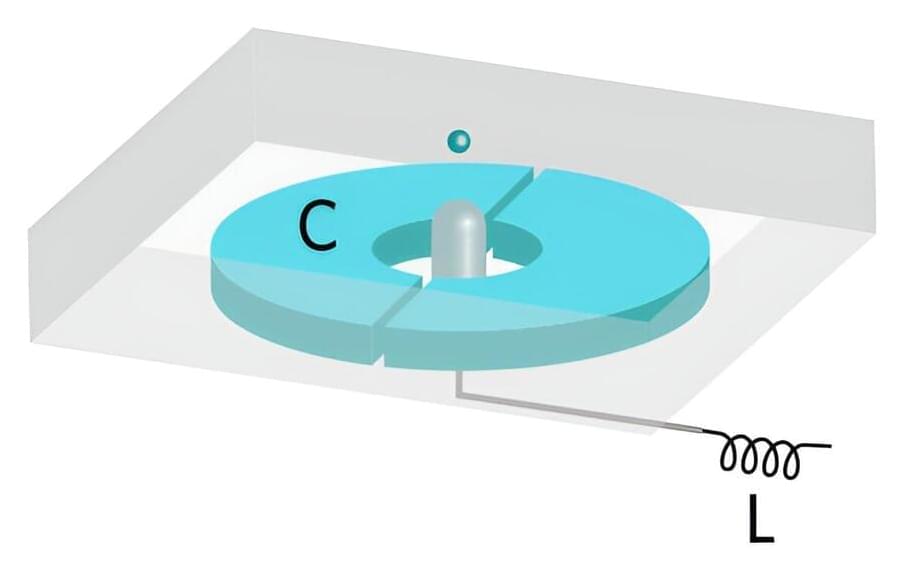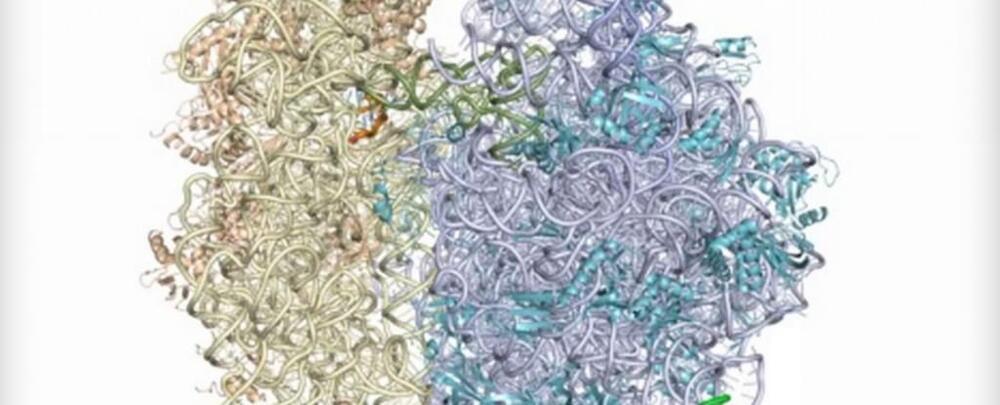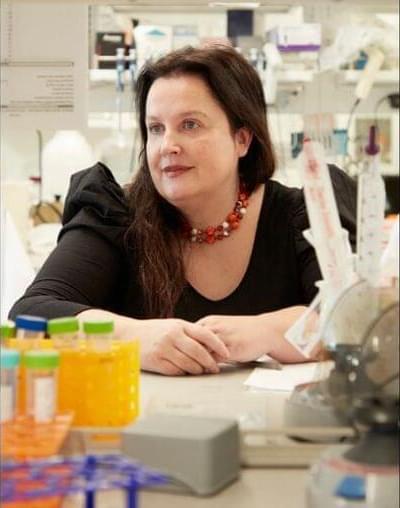At a time when other AI assistants and chatbots are also beefing up their own voice interaction capabilities — as OpenAI just did with ChatGPT — Hume AI may have just set a new standard in mind-blowing human-like interactivity, intonation, and speaking qualities.
One obvious potential customer, rival, or would-be acquirer that comes to mind in this case is Amazon, which remains many people’s preferred voice assistant provider through Alexa, but which has since de-emphasized its voice offerings internally and stated it would reduce headcount on that division.
Asked by VentureBeat: “Have you had discussions with or been approached for partnerships/acquisitions by larger entities such as Amazon, Microsoft, etc? I could imagine Amazon in particular being quite interested in this technology as it seems like a vastly improved voice assistant compared to Amazon’s Alexa,” Cowen responded via email: “No comment.”

